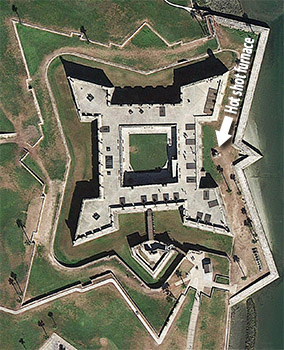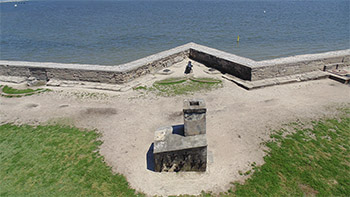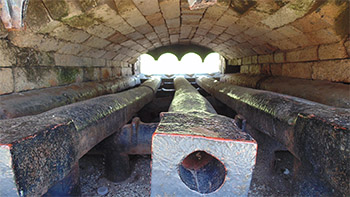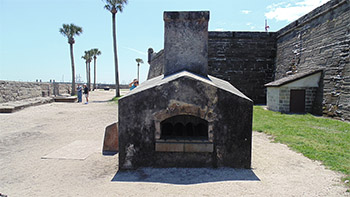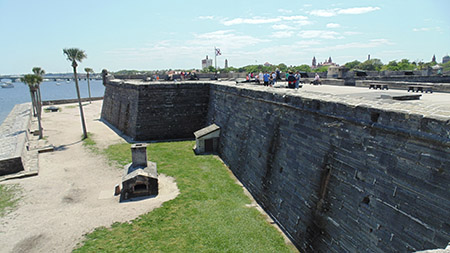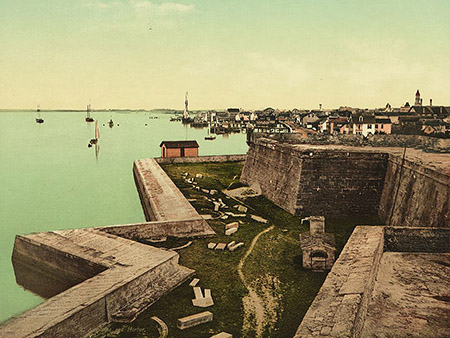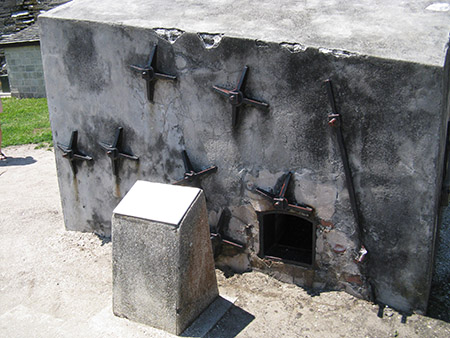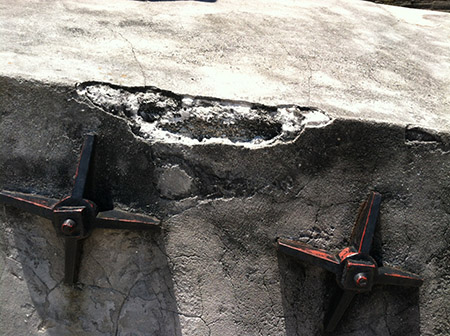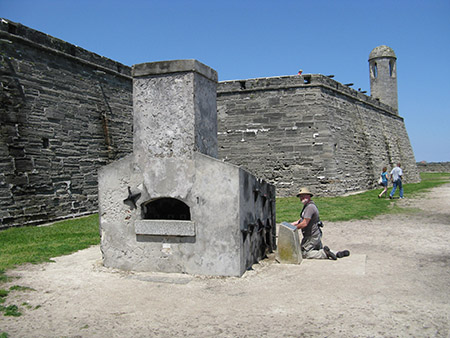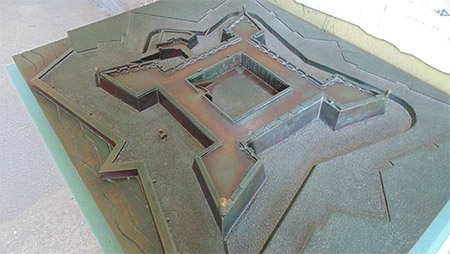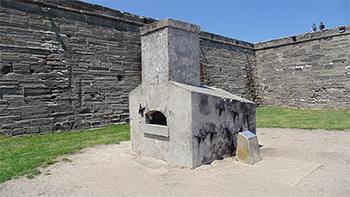The
Castillo de San Marcos was built by the Spanish from 1672 to 1696. This massive chunk of colonial power existed both to oversee their Floridian lands and deflect the wicked British, who were ever attempting to encroach upon Spain's idyllic collection of palm trees.
Heated cannon shot was pioneered in the late 16th century, but the hot shot furnace wasn't perfected until the end of the 18th century, in France. The hot shot furnace in question on
this page has no connection to the Castillo's original inhabitants.
Spain ceded Florida to the United States in 1819, as part of the Adams-Onís Treaty. The US Army took official possession of the Castillo de San Marcos on July 10, 1821, and promptly renamed it
Fort Marion, after US Revolutionary War hero Francis "The Swamp Fox" Marion (1732-1795). As pleased as the US may have been with its new massive coquina-stone acquisition, it obviously didn't consider Fort Marion to be of any particular military use, because the War Department declared the fort "useless for defensive purposes" in 1825.
Ten years later, however, the US was embroiled in the Second Seminole War (1835-1842). Chiefly an effort to remove the Seminole Indians from Florida to reservations west of the Mississippi, this was a hugely expensive conflict in both human life and resources. During this period there must have been some concern about a waterborne Seminole attack on Fort Marion (which sounds ridiculous
now, but angry dudes paddling towards you in canoes would have been
scary), so the decision was made to add a water battery to the fort.














